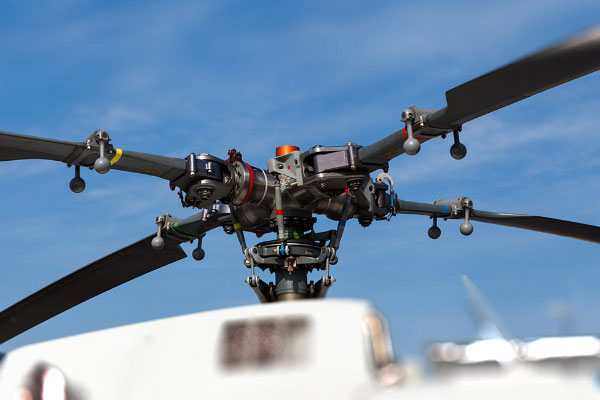
Aerospace Testing
Flight Test Instrumentation (FTI)
Simplicity and Maximum Flexibility in Recording and Analyzing Aircraft Parameters
In aviation, flight test instrumentation is crucial for gathering essential measurement data and parameters required for certification by aviation authorities. Diverse technologies and tools decode and interpret data during flight trials, offering a detailed overview of an aircraft's performance.
Key components include the flight recorder, analog sensor data, switching states, field bus info, and communication protocols like ARINC 429, ARINC 664, or MIL-STD-1553B from the flight control system. The flight control system manages maneuverability and stability, with flight test instruments capture data on control surface configurations, response times, and flight dynamics. Engineers use these measurements to optimize performance and safety.

An aircraft manufacturer's ‘Flight Test Instrumentation’ division uses data acquisition systems (DAS or DAQ for short) whose task is to record analogue sensor data. Such systems record several hundred to a thousand measurement channels, the most common sensors being strain gauges and sensors for measuring temperature or vibration. Force, pressure, displacement, angle and flow sensors are also used. In addition to recording the analogue signals, the digital data of the avionics system must also be recorded synchronously. To do this, digital interfaces such as ARINC or MIL-Bus must be able to be read and decoded by the DAQ system.
Aerospace ground equipment acts as an intermediary, enabling real-time communication, data stream monitoring, and seamless information exchange between the aircraft and ground operations. This facilitates reviewing and replicating flight maneuvers, enhancing test process flexibility and adaptability.
Measurement data can be stored within the flight test measurement system or on the flight test engineer's workstation, or transmitted directly to a ground station via IRIG 106 telemetry standards. Aerospace ground equipment includes a reception antenna for telemetry signals, a system for PCM data stream decoding, and the capability to route distinct measurement data to separate workstations. This integration enhances communication and monitoring, streamlining the flight testing process.
귀하의 혜택 - 당사의 목표
- 키사이트는 제품뿐만 아니라 완벽한 솔루션을 판매합니다.
- 전체 테스트 주기에 걸쳐 효율적인 측정 솔루션을 위한 원스톱 상점
- 아날로그 입력의 안티앨리어싱
- 분산형 및 분산형 측정 - 효과적이고 유연하며 신뢰할 수 있음
- 자동화된 센서 통합을 위한 TEDS 기능
- 동기식 및 다중 채널 데이터 수집
- 통합 하드웨어 및 소프트웨어 솔루션으로 신속하고 신뢰할 수 있는 측정 결과 제공
- 모든 imc 시스템은 소프트웨어 구성 가능
- 버스 데이터 시스템(ARINC-429, ASCB-D, CAN, RS422 등)의 광범위한 지원
- 사용자별 확장 기능






![[Translate to South Korean:] [Translate to English (Int.):] Winglet testing [Translate to South Korean:] [Translate to English (Int.):] ardware-in-the-Loop (HiL) solutions for nose-wheel steering](/fileadmin/Public/Applications/Aerospace/Flight_test/In_Practice/Winglets-testing-wing-end-components.jpg)